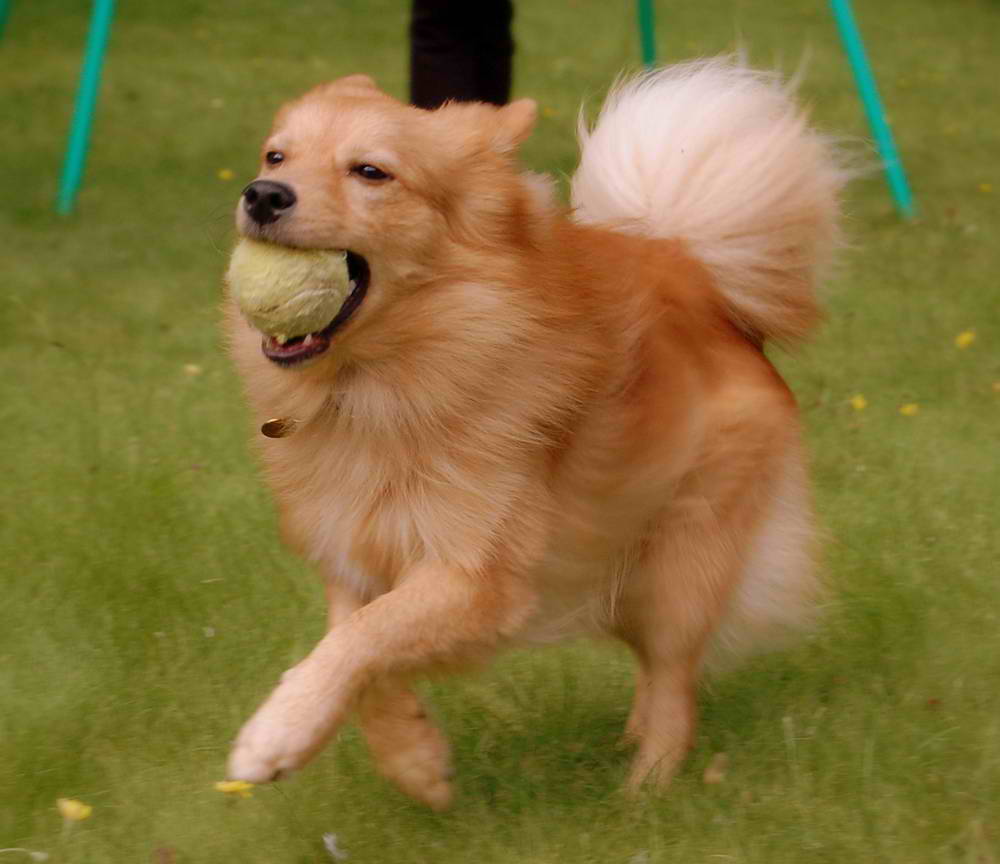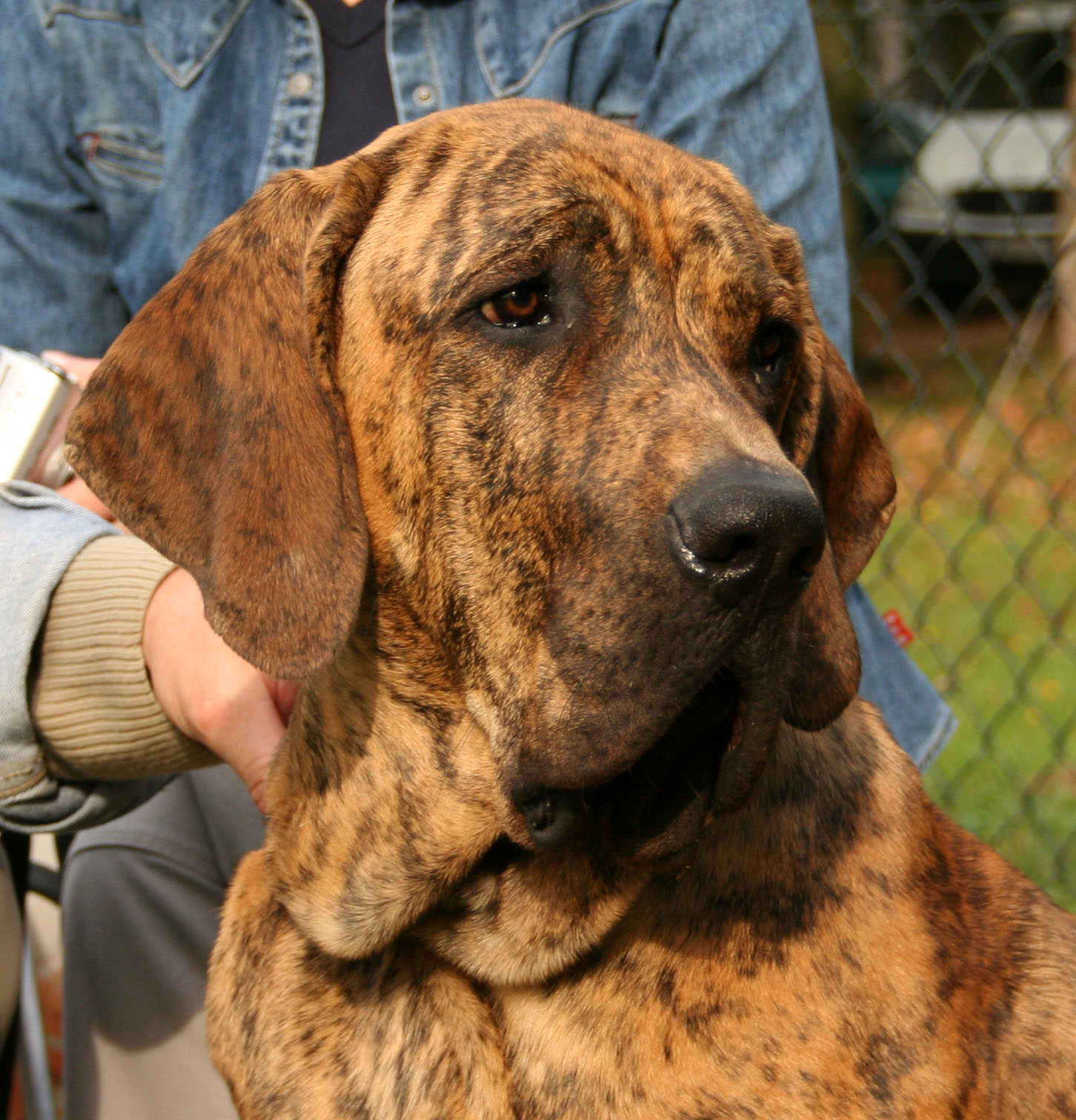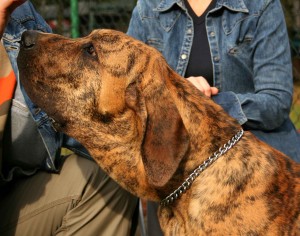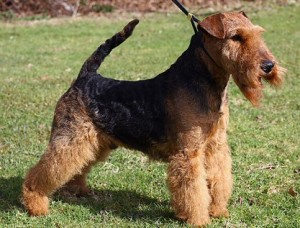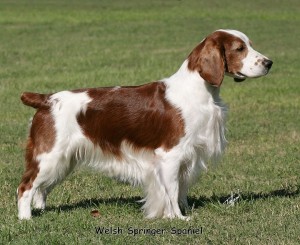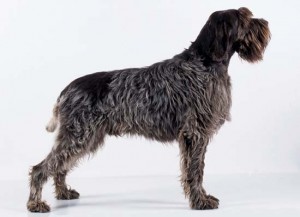The Foxy Barker: Finnish Spitz
Country of Origin
These beautiful dogs, also known as the Finnish Barking Bird Dog, originated from Finland and were bred for hunting, usually barking and pointing when they?ve located game. They also bark as a form of distraction. The Finnish Spitz is now known as the national dog of Finland, and can only enter the show ring once they?ve completed a series of hunting trials. They are quite rare in the United States, but there is an American Breed standard for them that was formed in 1976.
Size
Usually 15 to 20 inches in height and 14 to 16 kilograms in weight, these medium sized dogs are very fox-like in appearance with a pointed muzzle, high ears, and thick, curled tails. The nose and eyes are always black.
Coat
These spitzes have dense double coats, with the males having longer strands as compared to the females. They usually come in fawn, gold, reddish brown, or honey, and is never solid (certain parts are usually darker than others). Sometimes they have white markings on their feet and on their chests.
Character
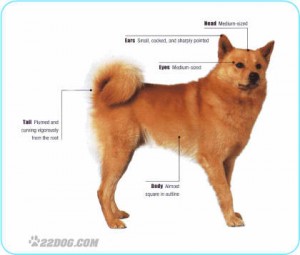 These energetic dogs can be great family pets as they love children and are very tolerant of them. They enjoy playing with kids, but as with all dogs, must be supervised in case things get too rough. They can be quite dominant and need to know their place in the pack, otherwise they can develop overprotectiveness that can be a gateway to aggression towards people they find suspicious. They are very loyal and prefer being in close quarters with their family. Leaving them outside, caged or tied up will certainly cause chaos because they are prone to separation anxiety and they are heavy barkers. They were bred to bark, and it is instinctual to them to bark at anything they perceive as out of the ordinary.
These energetic dogs can be great family pets as they love children and are very tolerant of them. They enjoy playing with kids, but as with all dogs, must be supervised in case things get too rough. They can be quite dominant and need to know their place in the pack, otherwise they can develop overprotectiveness that can be a gateway to aggression towards people they find suspicious. They are very loyal and prefer being in close quarters with their family. Leaving them outside, caged or tied up will certainly cause chaos because they are prone to separation anxiety and they are heavy barkers. They were bred to bark, and it is instinctual to them to bark at anything they perceive as out of the ordinary.
Temperament
This breed needs plenty of exercise and training in order to be manageable. Failure to give this dog what he needs will cause boredom that will lead to destructive behavior. They need proper socialization with people, other dogs, and must be used to being touched (associating this with positive things like food will help) so that trips to the vet will not be a problem. They can be independent and a bit stubborn, but training, although challenging, is not impossible. Being pretty dominant, they don?t really do well with other dogs of the same gender, or dogs that are overly dominant. Do not expect this breed to be nice and quiet, as they are very alert dogs that bark a lot to warn their owners of anything suspicious, making them excellent guard dogs.
Care
This Spitz sheds quite a lot and needs regular brushing. They would do okay indoors, as they love being with their owners and they prefer cool environments, but this would only work if they are given enough exercise. If they are needed to be kept outside, then they need high fences as they are very quick and agile and can most probably jump over a low fence.
Training
These dogs need consistent training so that the owners can remind them that they are not in the alpha position and cannot be dominant. Positive reinforcement will do well with them, and also plenty of patience and good timing, because they can be pretty manipulative.
Activity
Daily walks and runs will do them good, and if you succeed in training these clever dogs, then they can also be great for dog agility as they are very quick on their feet.

